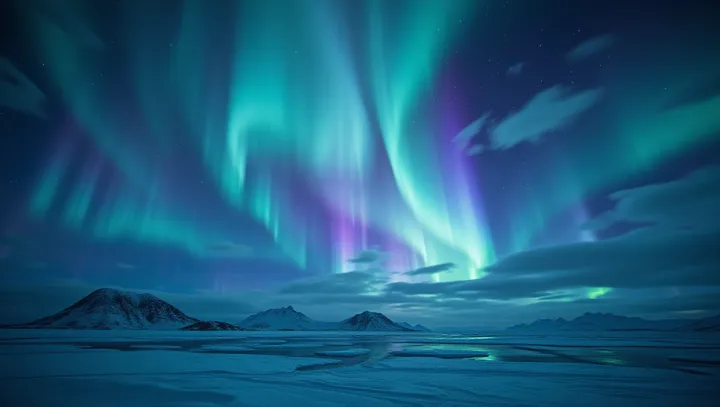What Ignites the Aurora Borealis?

The enigmatic Northern Lights, scientifically known as Aurora Borealis, have long fascinated humanity with their ethereal dances across the polar skies. This breathtaking display is not merely a visual delight but the result of complex interactions between solar particles and Earth's magnetic field. The phenomenon occurs when charged particles emitted from the sun collide with the magnetosphere, a protective magnetic field enveloping our planet.
These particles, primarily electrons and protons, ionize in the atmosphere, releasing energy and creating luminous arcs visible in the Arctic regions. Aurora borealis is more than a natural wonder. Scientists are intrigued by its variations in intensity and hue, which shed light on solar activity and space weather dynamics.
Monitoring these changes is crucial for understanding the impact of solar phenomena on terrestrial communication systems and power grids. Renowned atmospheric scientist Rebecca Martin at the University of Alaska states, 'Studying auroras assists in predicting space weather events, which is vital for mitigating their effects on human technology.' As the auroras continue to illuminate the night skies, their significance extends beyond beauty, playing a pivotal role in space science research.
